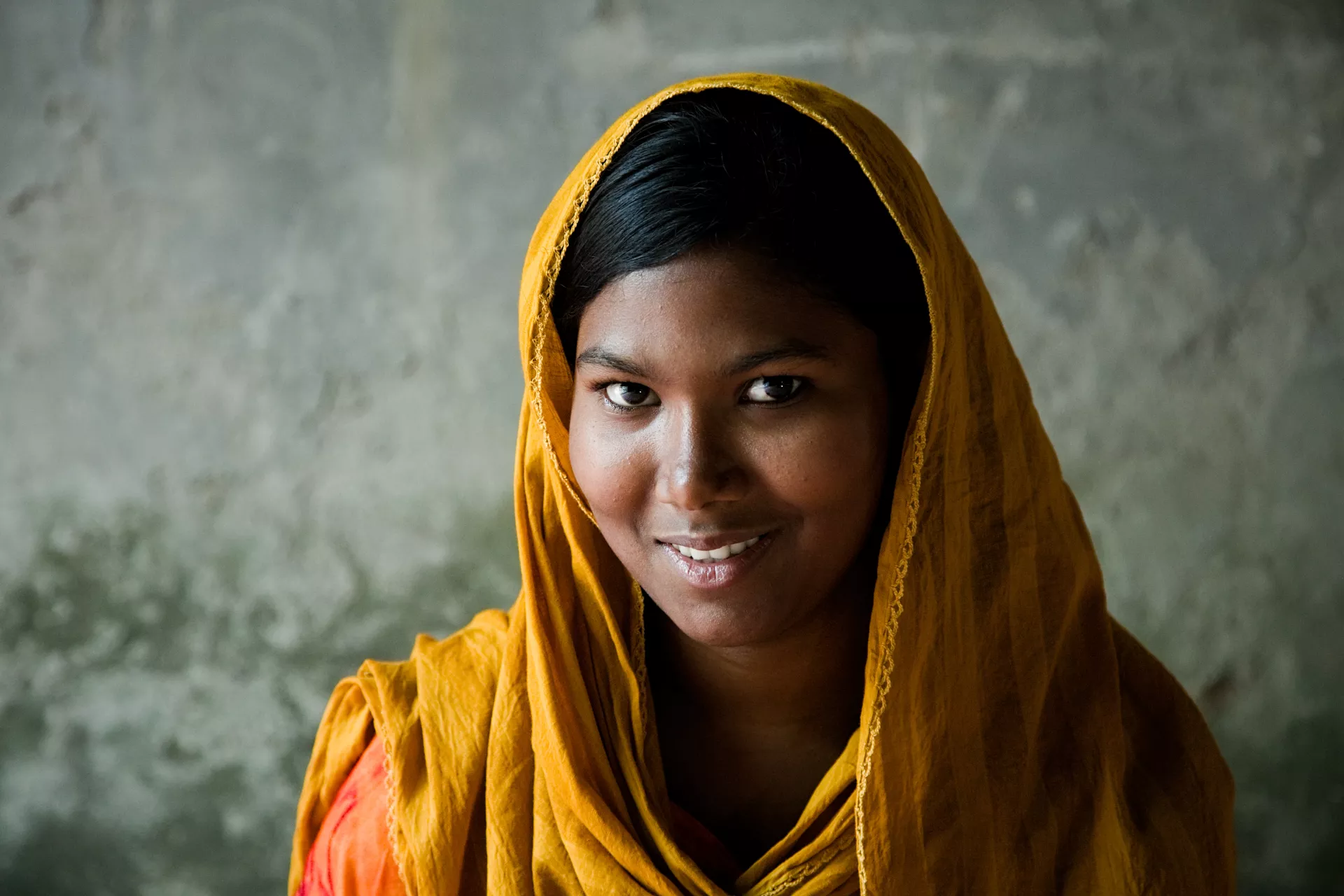A Children’s Club Changes Hearts and Minds in Bogabaidh, Bangladesh
Youth Skills in South Asia

Bogabaidh, Jamalpur, Bangladesh – In communities around the world, girls and boys face barriers to education within and outside the classroom. A children’s club in Bangladesh is helping students hurdle these barriers, increasing their awareness of children’s rights, gender equality, and sanitation and hygiene.
“I am really glad to be part of the club,” said Laboni, age 16. “I have learned so many things and have begun to love exploring topics that used to scare me.”
The club develops teenagers’ soft skills while also increasing their awareness of sexual harassment, child marriage, and other child rights issues. They are encouraged to speak up against the wrongs they see in society and inform local authorities when they come across these events.
Students are also watching out for their peers, and taking note of anyone who stops coming to class. If they notice a dropout, club members talk to students’ parents about the value of education or seek support from school administrations to help families cover school fees.
“At first it was hard to talk to my friends about these things. Slowly, I began to speak up and felt comfortable.”

The club has also changed Laboni’s ideas of what it means to be female in her society. One activity, for example, involves the creation of sanitary pads for girls in the community.
“Both boys and girls take part in the process of making sanitary pads, from collecting raw materials to delivering them,” Laboni said.
Over time, Laboni’s interests and hobbies have changed. The club encourages members to expand their knowledge beyond textbooks, and learn through singing, dancing and games. Laboni has also started to read not just while studying, but for enjoyment. Though the club gets hot and humid when the temperature rises, Laboni and her friends take cover in the treetops to read in a more comfortable environment.
“We used to study only textbooks. After joining the club, I have grown an interest in books beyond my academic syllabus.”

Laboni has also begun to take part in activities once reserved for boys, such as playing on the local football team.
“I really like group sports since it helps generate interaction among us girls,” Laboni said. “Before, we would only sit and talk. Now, we have the freedom to do as the boys do.”

These changes are not just occurring among those involved in the club – they are also affecting the community around them. School teachers, parents and local leaders have supported the activities of the club, encouraging children throughout the neighbourhood to become involved.
The students also take it upon themselves to spread positive messages wherever they can. Laboni, for example, strives to raise awareness among younger children and do something helpful for the club every day.
“I believe that our work spreads awareness,” Laboni said. “It creates a safe, habitable environment for teenagers, young people and others in the village.”




